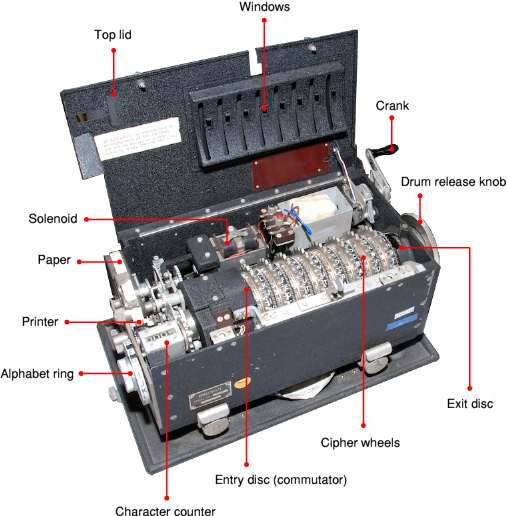Introducing PortexAI

Today, we’re excited to introduce PortexAI, an organization with the goal of accelerating the adoption of onchain applications with real-world data.
Portex’s founding team is united by a history of joint efforts deciphering crypto protocols, analyzing onchain data, and building data products.
Our story
The Portex founding team traces its roots to the R&D arm of Coin Metrics, a pioneer in the field of onchain data. Working within Coin Metrics’ experimental Labs unit, we bonded over a profound curiosity to decipher blockchains with onchain data, building innovative crypto data products and sharing novel research in long-form reports and State of the Network—the longest-running crypto newsletter focused on onchain data. We all share an excitement for the future of public blockchains and the types of cool applications that we think crypto primitives enable.
As for our name, Portex is a reflection of our shared interests in history and the origins of modern cryptography. The Portex was a British electromechanical cipher machine used by secret services in the UK during the late 1940s and 1950s. It was similar to, but more advanced than, the infamous German Enigma, and pays homage to the early days of cryptography as an emerging field. The world of public blockchains can sometimes resemble the scrambled outputs of a cipher machine, hence our efforts to decipher this emerging space.

Stay tuned
If you are interested in accompanying us on our journey and research, make sure to follow @portexai on Twitter/X and subscribe to our Research below.
The Portex founding team is Lucas Nuzzi (X, Linkedin), Kyle Waters (X, Linkedin), Tadhg Looram (Linkedin) and Nancy Herriman (Linkedin).

